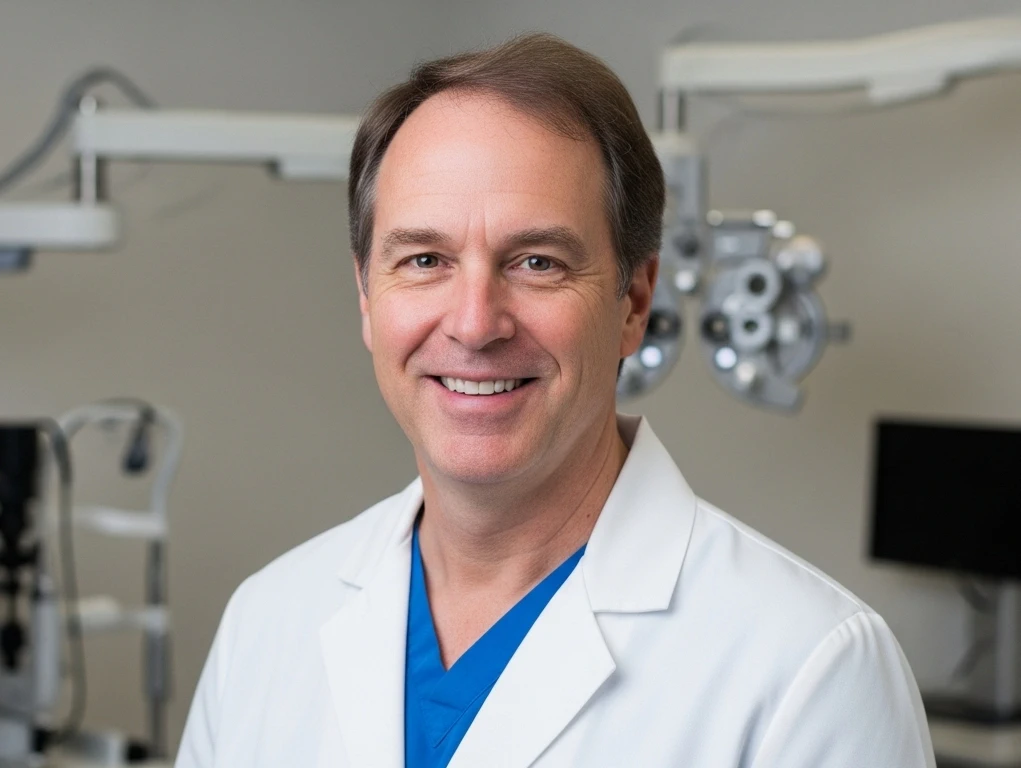Laser vision correction has helped millions reduce or even eliminate their need for glasses and contacts. While “LASIK” is the term most people know, PRK is an equally effective option for the right eyes. Both reshape the cornea with an excimer laser to correct nearsightedness, farsightedness, and astigmatism; the main difference is how surgeons access the corneal tissue. In LASIK, a thin flap is created and lifted, then replaced—one reason vision often sharpens quickly. In PRK, the surface epithelium is gently removed and grows back over several days, making early recovery slower but avoiding any flap at all. Over the long term, outcomes for both are excellent.
Think of LASIK as the “fast track” to clarity. Many people notice functional vision the same day or by the next morning, with minimal discomfort. The flap acts like a natural bandage, accelerating recovery so you can return to normal activities sooner. That rapid improvement is a big part of LASIK’s appeal and why it became the most widely performed elective vision procedure in the U.S. (Kraff Eye Institute)
PRK takes a different route to the same destination. Surgeons remove the surface layer, treat the cornea with the laser, and place a protective “bandage” contact lens while the epithelium regenerates. Expect several days of light sensitivity and fluctuating blur, with vision steadily sharpening over the weeks that follow. Many surgeons favor PRK when corneas are thinner, when surface irregularities are present, or when a patient’s job or sport makes a flap undesirable. (Ophthalmology & Visual Sciences)

So which one is right for you? Candidacy depends on your prescription, corneal thickness and shape, tear film, and lifestyle. People with thicker corneas and a desire for the quickest visual recovery often fit LASIK well. Those with thinner corneas, very active or contact-sport lifestyles, or certain surface findings may be steered toward PRK to avoid flap-related risks. A comprehensive evaluation—including corneal mapping and dry eye assessment—helps your surgeon match the procedure to your eyes and priorities.
Safety and side effects are similar across both procedures. Temporary dry eye, glare/halos at night, and mild discomfort are the most common complaints early on. Rare complications can occur with any surgery; in LASIK, a small risk is related to the corneal flap, while PRK can rarely develop surface haze during healing. Clear pre-op screening, modern lasers, and meticulous post-op care minimize these issues, and most patients achieve excellent uncorrected vision once healing is complete.
Recovery expectations matter. After LASIK, many people drive and work the next day, using lubricating and anti-inflammatory drops for a short course. After PRK, plan for several days of downtime while the surface heals under the bandage lens, and expect vision to refine over weeks rather than days. Your team will provide a step-by-step plan for drops, protective eyewear, activity limits, and follow-ups—sticking to it is the fastest route to crisp, stable results. (Alabama Vision Center)
Cost is influenced by technology, surgeon experience, and geography—and insurance typically treats both LASIK and PRK as elective. Practices may offer financing, and pre-tax HSA/FSA funds often apply. Some centers note PRK can be priced slightly lower when only one laser system is used, but the right choice should be based on safety and suitability rather than price alone.
Bottom line: LASIK and PRK are proven, durable ways to correct vision; the “best” option is the one tailored to your eyes and your life. If you value a near-instant payoff and have the corneal profile for it, LASIK may be ideal. If you want to avoid a flap due to corneal thickness or high-impact activities, PRK may be the better fit—with equally strong long-term vision. Start with a thorough consultation and ask your surgeon to walk you through your top two choices, the expected recovery for each, and how they’d keep your eyes comfortable as you heal. With today’s diagnostics and laser platforms—and with an experienced surgeon—you can choose with confidence.
Clarity-Spot is for informational purposes only. It is not intended to be a substitute for professional medical advice, diagnosis, or treatment. Always seek the advice of your physician or other qualified health provider with any questions you may have regarding a medical condition. Never disregard professional medical advice or delay in seeking it because of something you have read on Clarity-Spot.
